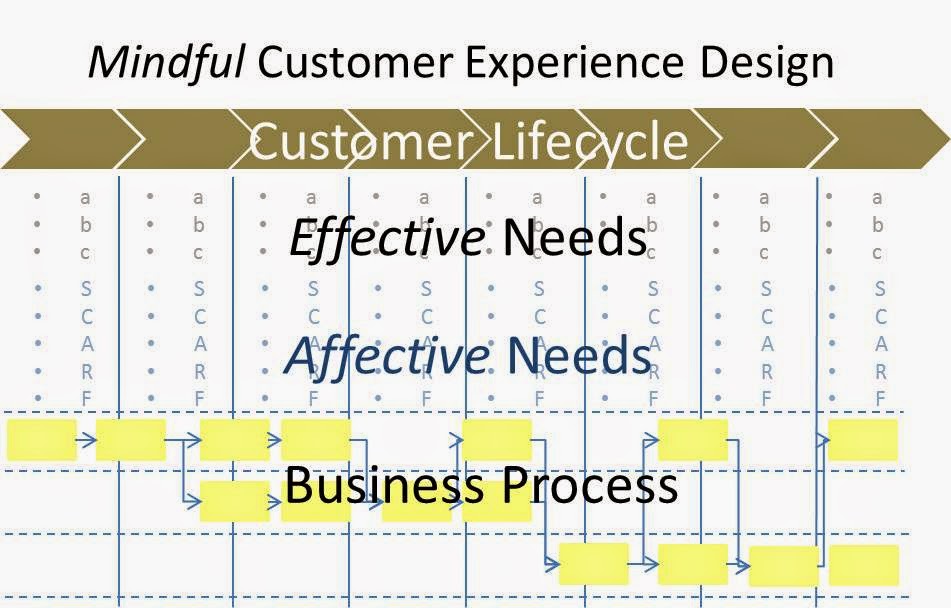It’s time to view relationship-building from a new perspective
Studies have shown that people switch vendors for three reasons:1
1. Expectations for quality and value go unmet
2. Customers lack personal attachment to the supplier
3. It’s easy to switch
When all three factors are present, churn results. Factor 3 above depends on product complexity, cost to change, and competitive pressures. Customer Success teams address the first factor, building value through software usage, answering questions, and demonstrating the benefits promised during the sales cycle. But the second factor, building personal attachment, rarely gets the attention it deserves, yet it’s a major driver affecting churn.
Now wait a minute! Everyone agrees that building customer relationships is important. It’s intuitively obvious that better customer relationships lead to greater retention and loyalty. After all, people prefer to do business with people they know, like, and trust. But many companies take relationship-building for granted. They believe it happens on its own—simply hire friendly front-line employees, give customers what they need, and better relationships will somehow result. But if relationships are so important, why leave them to chance? Is there a better way?
Relationship is a process
Psychologists say relationships have a beginning, middle, and sometimes an end.2 Think about how you became friends with someone. You met, discovered you had a common background and shared interests, and you found each other likeable. Something “clicked.” You connected because the person showed empathy and realness, and you immediately felt comfortable with them. After subsequent contacts, your relationship deepened through mutual connection, caring, confiding, and trust. You found you were helping each other achieve goals and deal with daily frustrations. You maintained your relationship through periodic social get-togethers or by enjoying common interests. If you’re fortunate, this person is still in your life. But as you know, friendships can lull when the other person gets busy, goes through life changes, or moves away. Friendships can also abruptly dissolve due to a “falling out.”
Imagine if all your business relationships could be close friendships. Most will never be, but all relationships follow the same pattern of initiation, maintenance and dissolution. Relationships, like all processes, occur in a sequence of steps, and outcomes obey the laws of cause and effect. The strength and quality of the relationship that develops depends on a number of factors, some of which can be controlled and others cannot. For example, people can’t change their basic nature and few will ever become best friends. However, it is possible to become more likeable. Since some relationship factors are controllable, influencing them improves relationships.
Relationship factors
Subconscious social signals lie at the heart of our relationships. David Rock, founder of the NeuroLeadership Institute, distilled neuroscientific research and social evolutionary theory into a simple model to describe the reflexive behaviors all humans share.3 His SCARF model outlines the core psychological drivers hardwired into our subconscious:
• Status—how we perceive our importance relative to others
• Certainty—our ability to predict the future
• Autonomy—our sense of mastery and control over events
• Relatedness—our connection and sense of safety with others
• Fairness—our perception of equitable exchanges
These factors influence relationships positively or negatively. For example, consumers who call technical support complain when technicians make them feel stupid. The customer subliminally perceives the interaction as a status threat. In extreme cases, the conversation provokes anger and causes customers to terminate their contracts. “You’re not treating me like a valued customer!” they exclaim. Most of the time provocations are unintentional and subtle, but even minor comments at the wrong time can leave lasting impressions.
Conversely, SCARF techniques can promote positive encounters that lead to stronger attachments. For example, a Customer Success Manager begins an onboarding call saying,
“I saw on your LinkedIn profile that you’re from Chicago.”
“That’s right. I grew up on the South Side, 120th and Pulaski,” the customer says.
“No kidding!” the CSM exclaims. “I’m from Orland Park!”
The CSM is building relatedness right from the start, sending a subliminal signal that she’s a friend, not a foe. After the small talk, she says she will help him get his account set up and it will take only fifteen minutes. This creates a sense of certainty in the customer’s mind. By proactively sending these and other signals, the CSM produces warmer, friendlier interactions.
In a similar manner, CSM leaders should look closely at how interactions occur throughout the customer lifecycle. They can do this by mapping the experience from the customer’s perspective and by identifying the customer’s practical (effective) and emotional (affective) needs at each step. Then, executives can close performance gaps by implementing process improvements and measuring the impact on customer churn. Often simple changes in the right places can make significant improvements through training, website revisions, and e-mail edits.
SaaS companies tend to take the process of building relationships for granted. Like all processes, however, those better designed and managed produce better results. CSMs should be more mindful, both in what they do and how it impacts the customer’s brain. Proactively and systematically creating the conditions for friendly attachment leads to stronger relationships and reduces churn.
Did you enjoy this article? Subscribe to Excel-lens now and never miss another post.
Sources:
- Gremlera, D. and Brown, S. (1996) Service Loyalty: Its Nature, Importance, and Implications, University of Idaho and Arizona State University, USA
- Blieszner, R. and Roberto, K. A. (2003). Friendship across the lifespan: Reciprocity in individual and relational development. Also in F. R. Lang and K. L. Fingerman (Eds.), Growing together: Personal relationships across the lifespan (pp. 159-182). Cambridge, U.K.: Cambridge University Press.
- Rock, D. (2012) “SCARF: a brain-based model for collaborating with and influencing others.” Neuroleadership Journal



